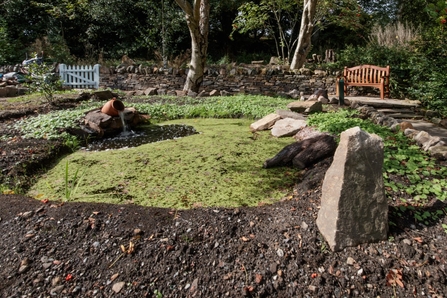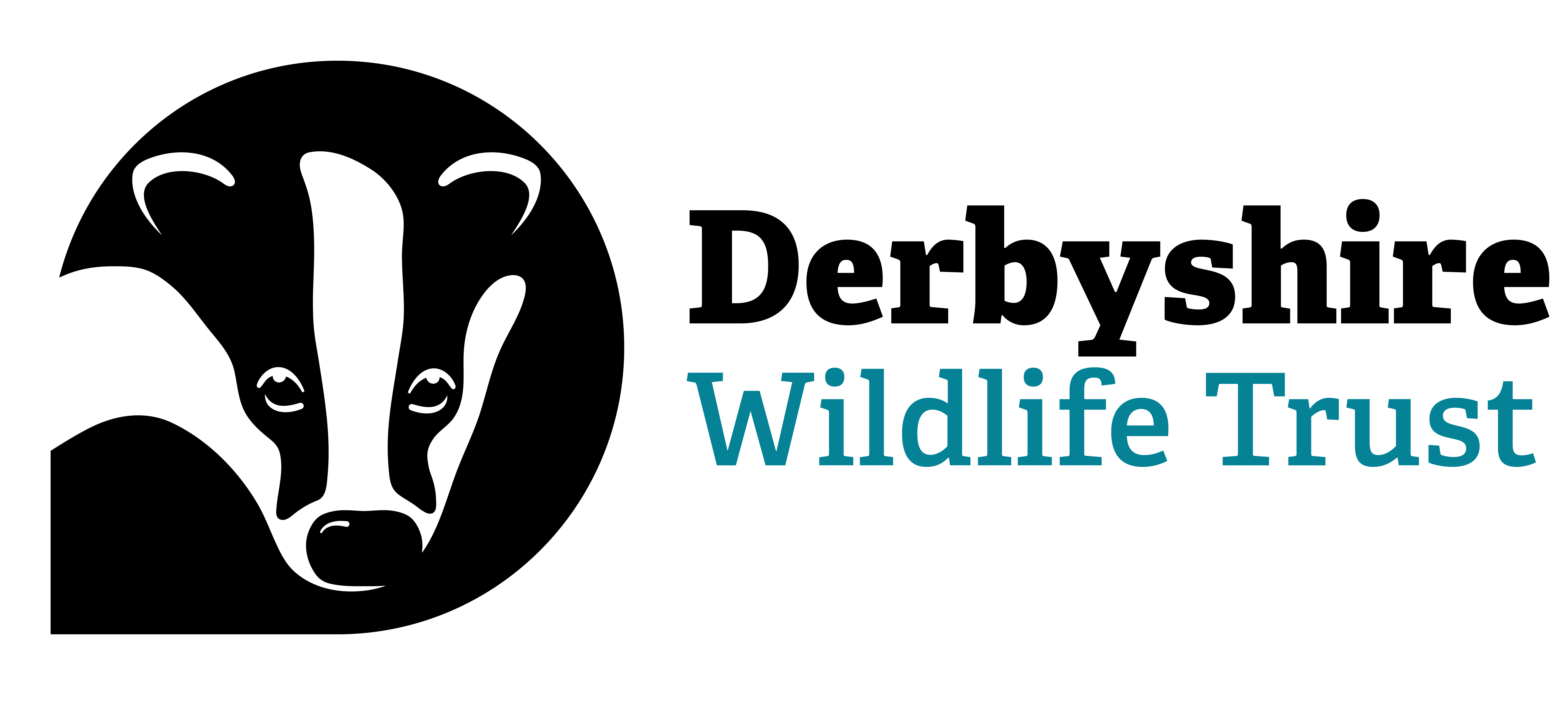If you can do only one thing to bring wildlife into your garden creating a wildlife pond is just about the best thing you can possible do. Fortunately, our existing garden is a haven for wildlife and attracts most, if not all, of the common garden birds in good numbers amongst them large flocks of goldfinch, chaffinch and house sparrows as well as great tits, coal tits, blue tits and long-tailed tits. We have a resident pair of great-spotted woodpeckers, numerous robin, blackbird, nuthatch, wood pigeon and collared doves, as well as a noisy gang of jackdaw. We’re blessed with regular visits from a pair of redpoll and have had several sightings of the beautiful brambling. We are even on the regular flight path of our own sparrowhawk! A major reason for this abundance is that we live within a large copse of trees which extends over several hectares. This attract mammals too and we enjoy nightly visits from our local badgers and less frequent visits from several foxes which are a little reluctant to visit given the strong sent of badgers which they pick up easily. Our existing formal pond, long neglected, has become home to many smooth newts during the breeding season and several common frogs.
Creating a Wildlife Pond

Pond by Rob Hockney
This pond is not big. It’s an irregular rectangle come oval approximately 4M x 3M and is set under a pair of large, overhanging Rowan trees. I dug it out by hand, or more accurately by spade, over the course of three to four weeks in July 2022. It’s not overly deep but does include a freeze hole of 1.2M or so where even at an elevation of 275M here in Whaley Bridge it will remain unfrozen in winter. It has a number of profiles to the sides including shallow mud and shingle beaches as well as two terraces for colonization by aquatic plants. We did think long and hard before including a water feature, and included this for three reasons; the first, that some species do prefer an area of moving water, the second, to provide oxygenation of what would otherwise be a stagnant pool; and third, you simply can’t beat the sound of running water when you’re watching wildlife in the garden. It was lined with sand, felt underlay and pond liner and finally filled with water.
One day after filling the pond we had a new species in our garden! A grey wagtail came for a look. It didn’t much like the bare earth, but it has been back on two or three occasions since and we’re hoping to see more of it and hopefully a mate as the whole area matures. We’ve subsequently had dragonflies come in for a look on warmer days too; hopefully we’ll see them again when there is something on which they can mate and lay their eggs.
With the pond surrounded by disturbed soil it didn’t take long for the quick growing annuals to make an appearance and by mid-September two sides of the pond were green; covered in almost a monoculture of hawksbeard seedlings with a few groundsel thrown in. These will disappear when winter sets in and next spring new annuals as well as longer lasting perennials will colonise the area hopefully making it the heaven for wildlife that we want it to be.
If you have been inspired by Rob's pond creation, check out our links below for information on how to build a pond. It doesn't have to be big, it could be a small pond in a pot!






